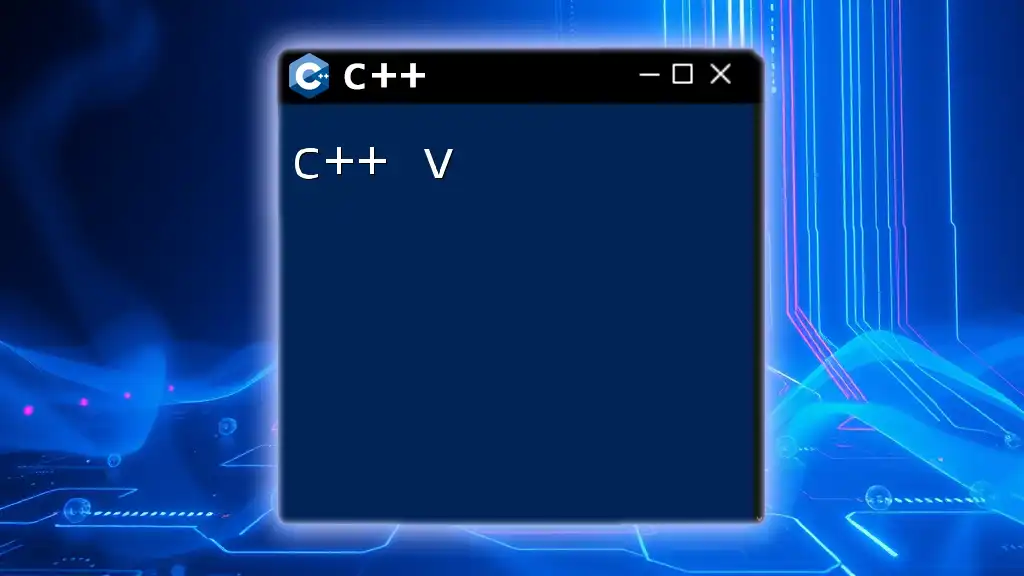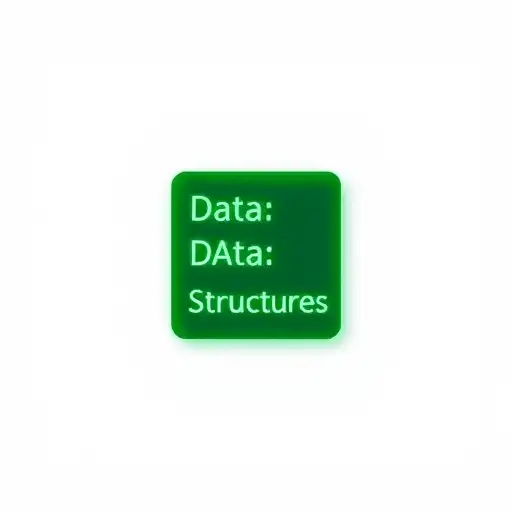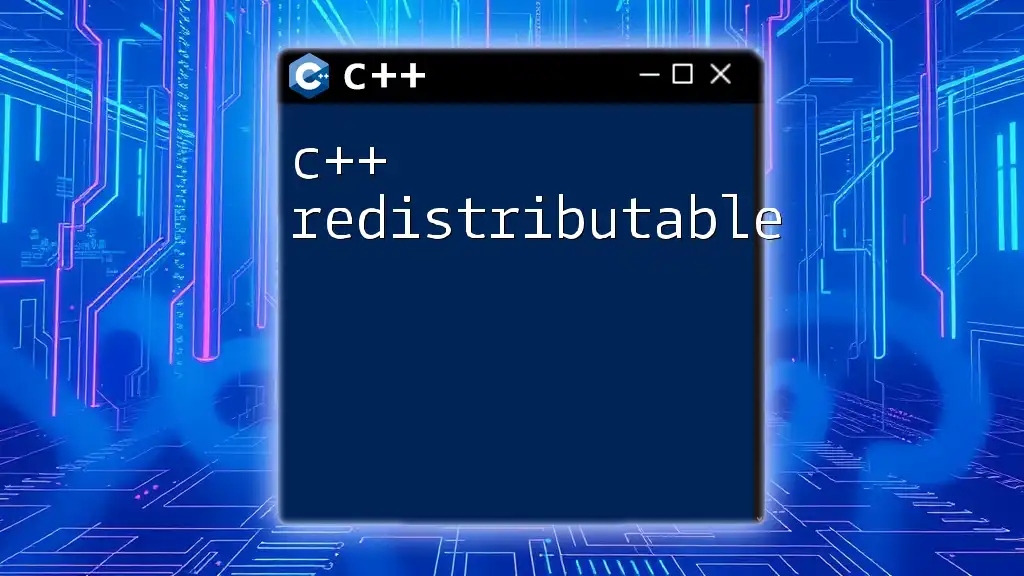The `v` in C++ typically refers to a 'verbose' output mode for debugging, but it can also denote various contexts like versioning in libraries; here's an example of how to use a versioning command in C++:
#include <iostream>
#define VERSION "1.0.0"
int main() {
std::cout << "C++ Version: " << VERSION << std::endl;
return 0;
}
Understanding the Basics of C++ Commands
What are C++ Commands?
C++ commands are the building blocks of C++ programming. They dictate how the computer should perform specific tasks, from controlling the flow of a program to manipulating data. These commands form the syntax that developers use to instruct the computer in a clear, logical, and efficient manner. Knowing how to effectively use C++ commands is essential for creating robust applications.
Overview of C++ Syntax
C++ has a well-defined syntax that governs how commands are structured. Correct syntax ensures that your instructions are understood by the compiler, preventing errors and improving program performance. The basic structure includes keywords, control statements, and expressions. Grasping the syntax enables you to write clean and efficient code, crucial for debugging and future modifications.
The 'v' Command in C++
Definition of ‘v’ in C++
In the context of C++, the letter 'v' can refer to various programming constructs, but its most common interpretation relates to versioning or specific functionalities tied to variable initialization. It signifies the concept of "value" or "variable"—two central tenets in programming that affect how data is handled. Understanding its implications in C++ allows programmers to write code that is both versatile and efficient.
How to Use the ‘v’ Command
Basic Syntax
Using 'v' often involves variable declarations or version checks within your program. The basic syntax can be simple yet powerful. For example, the following code illustrates how you might employ 'v' in the context of displaying a greeting:
#include <iostream>
using namespace std;
int main() {
// Example usage of 'v'
cout << "Hello, C++ v!" << endl;
return 0;
}
This snippet shows the simplest application of using 'v' as part of a command that outputs text to the console.
Practical Application
A more practical application of 'v' can be seen when checking the version of the C++ compiler used. The `__cplusplus` macro allows you to evaluate the version of C++ your code is being compiled with:
#include <iostream>
using namespace std;
int main() {
// Simulating a quick version check
cout << "C++ version: " << __cplusplus << endl;
return 0;
}
In this example, the program outputs the C++ version, providing insight into which features may or may not be available.
Advanced Usage of the ‘v’ Command
Modifying Data Types
One of the potent features related to ‘v’ in C++ is its role in modifying and initializing data types. The `auto` keyword, for instance, allows for automatic type deduction, which can streamline coding processes. Take a look at this example:
#include <iostream>
using namespace std;
int main() {
auto x = 5; // Implicitly typed variable
cout << "Value of x: " << x << endl;
return 0;
}
Here, `auto` determines the type of `x` based on the assigned value (in this case, `int`). This feature enhances code conciseness while maintaining readability.
Optimizing Command Usage
As programmers become more experienced, optimizing command usage becomes crucial for creating high-performance applications. Consider the following function that uses 'v' by allowing value flexibility through `auto`:
#include <iostream>
using namespace std;
void displayValue(auto value) {
cout << "Value: " << value << endl;
}
int main() {
displayValue(10);
displayValue(15.5);
return 0;
}
This code snippet shows how ‘v’ can facilitate different data types in the same function, demonstrating the versatility of C++.
Best Practices for Using C++ Commands
Readability and Maintainability
Writing code that is both readable and maintainable is a cornerstone of good software development practices. Using meaningful variable names, consistent indentation, and commenting your code are necessary aspects that help other developers (and your future self) understand your code better.
Common Mistakes to Avoid
Even experienced programmers can make common mistakes regarding the 'v' command. One frequent issue is improper initialization when using `auto`. For instance, the following code snippet will lead to errors:
#include <iostream>
using namespace std;
int main() {
// Incorrect way to declare auto, no initializer
auto x; // This will lead to an error
// Instead use:
auto y = 10; // Correct initialization
return 0;
}
This example underscores the necessity of ensuring every `auto` declaration has an explicit initializer to avoid compilation errors.
Conclusion
In summary, understanding the C++ v command is integral to mastering C++ programming. Familiarizing yourself with its definitions, applications, and best practices helps in writing efficient and clean code. Keep practicing with different commands and experimenting with your code for a deeper understanding. The path to proficiency is paved with continual learning and exploration.
Additional Resources
For further reading and engagement, consider exploring the official C++ documentation, which provides extensive resources and examples. Engaging with online communities dedicated to C++ can also offer valuable insights and peer support for your programming journey.
Call to Action
We encourage you to share your experiences with using C++ commands, particularly any challenges you've faced or tips you have for overcoming common obstacles. Don't forget to check out our upcoming workshops and tutorials designed to enhance your C++ skills and boost your programming confidence!








